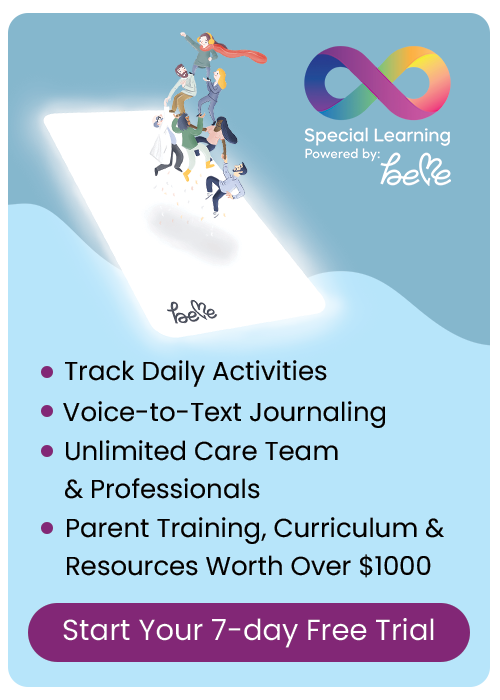Blog Categories
- ADHD
- Applied Behavior Analysis
- Autism Awareness
- Autism Service Providers
- Case Studies
- Dignosis
- Classroom Management
- Credentials
- Ethics
- Family Matters
- FAQs About LIVE Events
- Financial Planning
- Holiday Planning
- IEP's
- Panelists
- Private Equity in Autism & ABA Industry
- Psychopharmacology
- Sensory Processing Disorder
- Speech and Communication
- Subject Matter Experts
- Summer Planning
- Transition Planning
Dealing with Challenging Behaviors: 3 Steps to Help You Figure out the “Why?”
(SBSA) and has been serving children diagnosed with autism since 2001. In her role as Director, she delivers parent and staff trainings on the principles of Applied Behavior Analysis(ABA), provides strategies on behavior management, as well as oversees and develops comprehensive behavior plans with the guidance of the Human Rights Committee. With guidance from the Executive Director at SBSA, she has established and supervised an Intensive Behavioral Intervention (IBI) classroom in the Morrow County area since August 2010.
Monisha was a home-based private consultant for five years before joining the Step by step team. She is continuing her education by preparing for the Board Certified Assistant Behavior Analyst certification under the direct supervision of a Board Certified Behavior Analyst.
Dealing with Challenging Behaviors: 3 Steps to Help You Figure out the “Why?”
RECOMMENDED PRODUCTS
Historia Social “Pedir un descanso” Plan de Estudios
ADHD Literature Review Webinar: Treatment of Attention-Deficit/Hyperactivity Disorder: Overview of the Evidence (RECORDED)
Strategies to Increase Beginner Classroom Participation Skills: Decreasing Problem Behavior with an FBA Part 1: How to Begin






